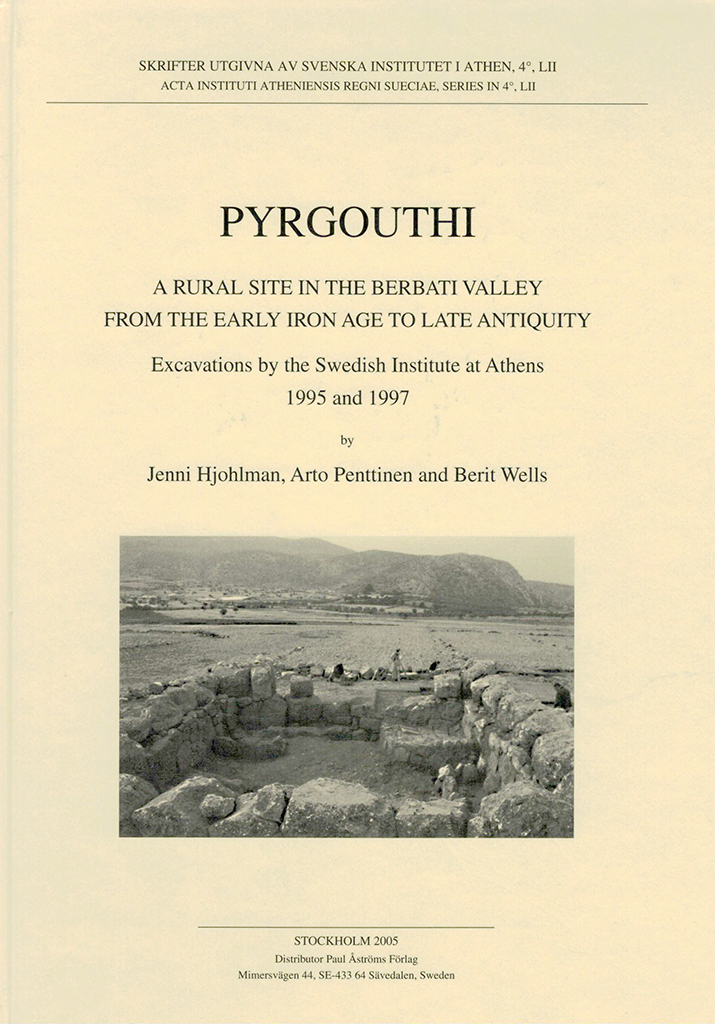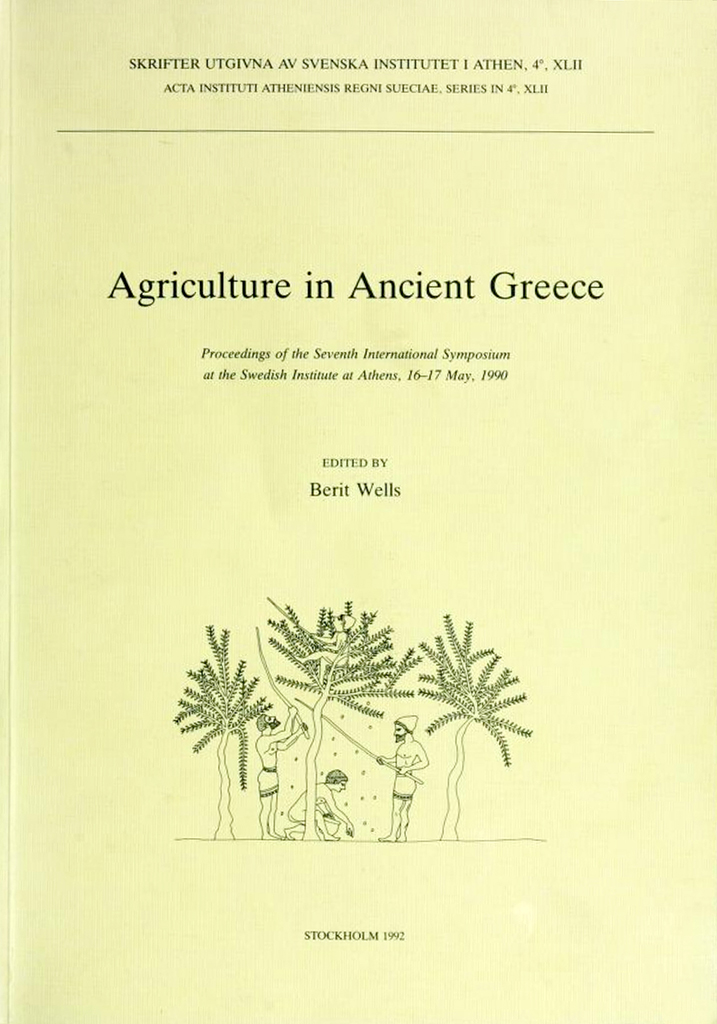All content of Opuscula 12 (2019) is available with open access. Printed edition distributed by Eddy.se AB. Also available at Amazon.com, Adlibris, and Bokus. View volume at ERIH PLUS. Plants in the sanctuary. Charred seeds from Areas C and D at the Sanctuary of Poseidon at Kalaureia, Poros By Anaya Sarpaki (Independent scholar, Greece) Abstract Excavations at the Sanctuary of Poseidon at Kalaueria in the years 2003–2005 produced a small but quite interesting assemblage of charred seeds and fruits. Their analysis adds to a small existing body of such evidence and sheds light on several issues including aspects of the physical environment in the past, the agricultural economy in the area of the sanctuary, the role of plants in cult, and also the preparation and eating of plant foods and the possible alternative uses of them. The charred seeds that are presented here are part of a larger body of bioarchaeological remains that illuminate daily life in the sanctuary. Bibliographical information Anaya Sarpaki, ’Plants in the sanctuary. Charred seeds from Areas C and D at the Sanctuary of Poseidon at Kalaureia, Poros’, Opuscula. Annual of the Swedish Institutes at Athens and Rome (OpAthRom) 12, Stockholm 2019, 271–286. ISSN: 2000-0898. ISBN:…
Distributed by Astrom Editions. View record at WorldCat. Pyrgouthi. A rural site in the Berbati Valley from the Early Iron Age to Late Antiquity. Excavations by the Swedish Institute at Athens 1995 and 1997 By Jenni Hjohlman, Arto Penttinen & Berit Wells, with contributions by Yannis Bassiakos, Katie Theodorakopoulou, Hero Granger-Taylor, Sven Isaksson, Petros Lymberakis, Dimitra Mylona, Maria Ntinou, Anaya Sarpaki & George Syrides This volume presents the results of the excavations in 1995 and 1997 at Pyrgouthi in the Berbati Valley, Argolis, Greece. The toponym is the local denomination for a Hellenistic tower, which has always been a prominent in the landscape. In the surface survey of the valley in 1988–1990 the tower was perceived as part of a Classical farmstead and in the ensuing excavation project it was targeted as such. However, the excavations revealed that this interpretation corresponded to but a fraction of the truth. The tower had been built on a knoll in the center of the valley but the earliest human activities at the site can be dated to the end of the Early Iron Age or the eight century BC. At this point in time, Arto Penttinen argues, the archaeological record can be reconciled…
Distributed by Astrom Editions. Agriculture in ancient Greece. Proceedings of the Seventh International Symposium at the Swedish Institute at Athens, 16–17 May 1990 Edited by Berit Wells These fourteen papers on ancient Greek agriculture were read, or emanated from the discussions during, an international conference in Athens; the papers are followed by transcripts of the discussions of the symposium. Two main themes are addressed: (1) production—how do we recognize a farm and what could be, and what was, produced on it? (2) and the organization of agriculture—who owned the land, who worked it and how, and how much did it yield? Contents Preface Jens Erik Skydsgaard | Agriculture in ancient Greece. On the nature of the sources and the problems of their interpretation (pp. 9–12) Eberhard Zangger | Prehistoric and historic soils in Greece: Assessing the natural resources for agriculture (pp. 13–18) Robin Osborne | ‘Is it a farm?’ The definition of agricultural sites and settlements in ancient Greece (pp. 21–25) Hans Lohmann | Agriculture and country life in Classical Attica (pp. 29–57) Discussion after first section on production Anaya Sarpaki | The Paleoethnobotanical approach. The Mediterranean triad or is it a quartet? (pp. 61–75) Marie-Claire Amouretti | Oléiculture et…



